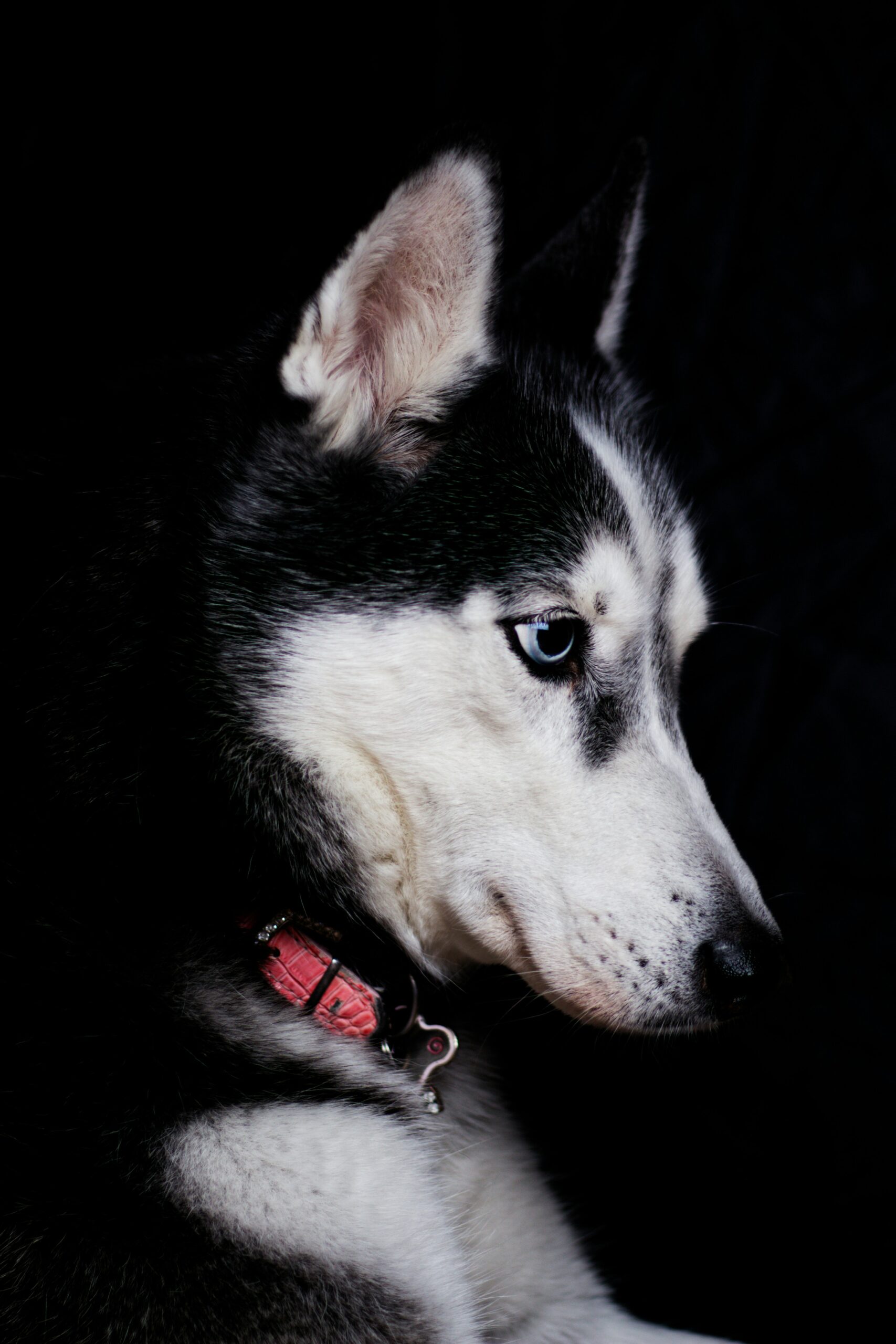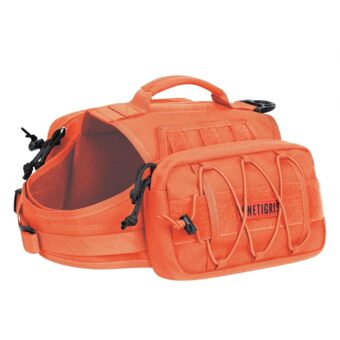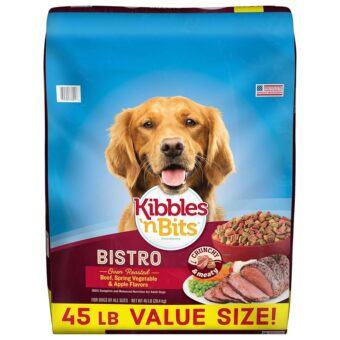
Introduction to the Siberian Husky
The Siberian Husky is a striking breed known for its remarkable energy, resilience, and alluring appearance. Originating in the cold climates of Siberia, this dog was initially domesticated by the Chukchi people, an indigenous group who relied on these versatile animals for transport, companionship, and even hunting. Bred primarily as sled dogs, Siberian Huskies played an integral role in facilitating movement across vast, snow-covered terrains, demonstrating their exceptional endurance and speed.
Characteristically, Siberian Huskies are medium-sized dogs with a strong, muscular build, thick double coats, and erect triangular ears. Their striking blue or multicolored eyes contribute to their captivating look. It is their unique physical attributes that have enhanced their reputation as one of the most desired breeds for both work and companionship. The combination of their athletic prowess and appealing aesthetics makes them popular choices for active families and dog enthusiasts alike.
As a breed, Siberian Huskies are known for their friendly, outgoing demeanor. They are generally good with children and can coexist harmoniously with other dogs. However, due to their strong prey drive and independent thinking, they require proper socialization and training from an early age. Their genetic instinct to run and escape makes it essential for owners to provide a secure environment and ample exercise. Moreover, their history as sled dogs has armed them with remarkable stamina, reinforcing the need for regular physical activity to keep them healthy and happy.
In summary, the Siberian Husky is not just a breed defined by its striking looks; it embodies a rich history and a purposeful existence as a working dog, deeply connected to its origins in the frigid landscapes of Siberia. Their distinctiveness and vitality continue to capture the hearts of those who embrace their spirit of freedom and adventure.
Physical Characteristics of Siberian Huskies
Siberian Huskies are renowned for their striking physical characteristics that make them distinct and easily recognizable. One of the most notable features of this breed is their double coat, which is an adaptation to their frigid, native environment. This double coat consists of a soft, insulating undercoat paired with a longer, weather-resistant outer coat. Such a design enables them to withstand extreme temperatures, showcasing their remarkable resilience and ability to thrive in snowy terrains. The texture and thickness of their fur contribute to not only their survival in harsh climates but also their iconic appearance.
The coloration of a Siberian Husky’s coat varies significantly, presenting a spectrum of colors including black, gray, and red, with combinations of white markings. These markings often create unique and captivating patterns on their bodies and faces, enhancing their aesthetic appeal. The breed’s agile build and well-proportioned frame allow them to exhibit grace and strength, making them both energetic and athletic. Adult Siberian Huskies typically weigh between 35 to 60 pounds and stand about 20 to 24 inches tall at the shoulder, which fits perfectly with their active lifestyle.
Another fascinating aspect of Siberian Huskies is their eye color, which can range from deep brown to icy blue, or even a striking combination known as heterochromia, where each eye is a different color. This variability contributes to their allure and is one of the reasons they have captivated many dog enthusiasts around the world. The combination of their double coat, diverse color patterns, and unique eye characteristics makes the Siberian Husky not only a stunning breed but also a testament to their adaptability and energetic nature.
Temperament and Personality Traits
The Siberian Husky is renowned for its lively and independent nature, characterized by a vibrant personality that attracts many dog lovers. These dogs are typically friendly, sociable, and full of energy, making them well-suited for active households. The breed is known for its affectionate demeanor, often forming close bonds with family members. Their affectionate nature allows them to thrive in environments where they receive ample attention and interaction.
In terms of intelligence, Siberian Huskies are clever and perceptive, which can sometimes present a challenge for new owners. Their quick wit enables them to learn commands, but this intelligence is often accompanied by a strong sense of independence. As a result, training may require patience, consistency, and positive reinforcement. New owners should be prepared for training sessions to be often met with a spirited response, as Huskies tend to have minds of their own.
Additionally, Huskies have a robust prey drive, which can influence their behavior toward small animals. Their instinctual hunting background means that they may chase or show interest in cats, rabbits, and other small creatures. Understanding this aspect of their personality is essential for keeping them safe and ensuring the stability of relationships with other pets in the household.
To successfully bond with a Siberian Husky, it is crucial to engage in regular physical and mental exercise. Daily walks, runs, and interactive play will not only fulfill their energetic needs but also strengthen the bond between the dog and its owner. Socialization from an early age also contributes to well-rounded behavior and can help mitigate any aggressive tendencies. With their spirited demeanor, consistent training, and ample love, a Siberian Husky can flourish into a delightful and loyal companion.
Exercise Needs and Activity Level
Siberian Huskies are renowned for their energetic demeanor and striking athleticism, necessitating a high level of physical activity each day. Originally bred as sled dogs, these canines are accustomed to working hard in harsh, snowy conditions, making exercise a crucial component of their wellbeing. A typical Siberian Husky requires at least one hour of vigorous exercise daily, which can be met through various engaging activities. Failing to provide sufficient exercise may lead to boredom and resulting behavioral issues, such as excessive barking or destructive tendencies.
One of the most effective ways to channel a Husky’s energy is through running. A brisk jog alongside a bicycle or allowing them to run in an open, enclosed area can provide significant physical stimulation while strengthening the bond between dog and owner. Hiking is another appealing option, as it combines exercise with exploration of new surroundings. This not only fulfills their physical needs but also stimulates their curious nature, which is crucial for a Siberian Husky who thrives on adventure.
Engaging in dog sports, such as agility training, flyball, or even obedience competitions, is also a valuable avenue to keep these dogs physically and mentally stimulated. Such activities provide an outlet for their energetic personality and allow them to use their intelligence while enhancing their obedience skills. Additionally, incorporating regular playtime with interactive toys can serve as a mental exercise, preventing boredom and fostering healthy behavior. By ensuring that a Siberian Husky receives the necessary physical and mental stimulation, owners can help maintain a happy, well-adjusted dog.
Training Tips and Techniques
Training a Siberian Husky can be a challenging yet rewarding endeavor, particularly due to their independent nature and strong instincts. These intelligent dogs require a structured training regimen that emphasizes positive reinforcement, socialization, and consistency. Understanding these components is essential to successfully navigate the training process.
Positive reinforcement is one of the most effective training methods for Siberian Huskies. This technique involves rewarding desirable behaviors with treats, praise, or playtime. By focusing on rewards rather than punishment, owners can foster a more cooperative and enthusiastic learning environment. For instance, if your Husky sits on command, providing a treat immediately reinforces that behavior and encourages them to repeat it. It is vital to be timely with the rewards to establish a clear connection between the behavior and the reward.
Socialization is another critical aspect of training for these energetic snow dogs. Early and diverse interactions with people, other dogs, and various environments will help shape a well-rounded canine companion. Taking your Husky to dog parks, pet-friendly events, or even on playdates can significantly improve their sociability, lessening the likelihood of behavioral issues stemming from anxiety or fear.
Additionally, consistency is crucial when training a Siberian Husky. Establishing a clear set of commands and sticking to them helps the dog understand expectations. Everyone in the household should be on the same page regarding training commands and routines. Consistency not only assists in solidifying learned behaviors but also eliminates confusion.
Common behavioral problems among Siberian Huskies may include excessive barking, digging, or stubbornness. Addressing these challenges requires patience and a consistent approach. Identifying triggers for these behaviors and utilizing distraction techniques or redirecting their energy to positive outlets, such as exercise or engaging toys, can be effective remedies.
In conclusion, training a Siberian Husky necessitates commitment and understanding of their unique traits. By employing positive reinforcement, ensuring proper socialization, and maintaining consistency, owners can constructively handle their dog’s independent spirit and foster good behavior.
Health and Care Considerations
Siberian Huskies are known for their striking appearance and vibrant energy, but like all breeds, they come with specific health considerations that owners must be aware of. One of the common health issues associated with this breed is genetic predisposition to certain conditions. Huskies are susceptible to hereditary eye disorders, including cataracts and progressive retinal atrophy, which can lead to vision loss. Regular veterinary check-ups are essential in monitoring these potential issues, ensuring early detection and management of any health-related concerns.
Another common issue among Siberian Huskies is hip dysplasia, a genetic condition that affects the hip joint and can lead to arthritis over time. Maintaining an active lifestyle can help mitigate weight gain and associated stress on the joints, which is crucial for this energetic breed. Routine check-ups should also include overall assessments that focus on maintaining the dog’s well-being, allowing for adjustments in diet or activity levels as necessary.
Grooming is another essential aspect of a Siberian Husky’s care. This breed has a double coat that sheds heavily, particularly during seasonal changes. Regular brushing is necessary to manage loose fur and prevent matting, as well as to keep the skin healthy. In terms of baths, Huskies generally do not require frequent washing, as their coat is self-cleaning. Maintaining dental health through routine brushing and dental treats is also vital to prevent oral diseases.
When it comes to diet, Huskies thrive on high-quality dog food rich in proteins and fats to support their high energy levels. Regular exercise, such as running and playing, is crucial to keep them fit and mentally stimulated. By understanding and addressing these health and care considerations, owners can ensure their Siberian Huskies lead happy, healthy lives while enjoying their innate love for freedom and adventure.
Living with a Siberian Husky
Owning a Siberian Husky can be an enriching experience, marked by their playful and energetic demeanor. This breed is well-suited for active families who can provide ample exercise and mental stimulation. Siberian Huskies thrive in environments where they are engaged consistently—whether that is through running, hiking, or playing fetch. Their friendly nature typically makes them compatible with children, as they often exhibit a playful, gentle spirit that endears them to the youngest members of the family.
However, prospective Husky owners should consider their social nature. These dogs generally do well with other pets, but proper introductions and socialization are crucial. Huskies are known for their high prey drive, which can prompt them to chase smaller animals. Therefore, if you have other pets, especially small ones, supervision is essential. Their outgoing personality means they often enjoy the company of other dogs as well; thus, regular interactions with fellow canines can contribute positively to their social development.
When evaluating living situations, it is advisable to consider the breed’s need for space and movement. Huskies can adapt to apartment life, provided they receive sufficient exercise. However, a house with an enclosed yard is preferable, as it allows for safe outdoor play. Notably, Siberian Huskies are known escape artists, often testing fences and gates to break free. Therefore, it is critical to ensure that any outdoor living area is secure. Owners should regularly check for potential escape routes and reinforce boundaries to prevent adventurous departures.
Ultimately, living with a Siberian Husky requires commitment and awareness of their unique characteristics. Those willing to invest time and effort will find a loyal and exuberant companion, making the experience both rewarding and fulfilling.
Siberian Huskies in Popular Culture
The Siberian Husky has captivated audiences for decades, becoming a staple image in various forms of popular culture, including films, advertisements, and social media. This breed is often depicted as a symbol of adventure and endurance, traits synonymous with their history as sled dogs. In contemporary media, they have been featured in numerous films, such as the animated classic “Snow Dogs” and the heartwarming tale “Eight Below,” where their loyalty and spirit shine through. These representations emphasize the Huskies’ remarkable bond with their human counterparts and their energetic nature, appealing to dog lovers and casual viewers alike.
Moreover, advertisements have recognized the charm of the Siberian Husky, often using their striking appearance and personality to sell products ranging from outdoor gear to pet supplies. The breed’s expressive eyes and captivating demeanor resonate with audiences, allowing marketers to evoke feelings of freedom and adventure, which align perfectly with the lifestyle often sought by potential consumers. As a result, Siberian Huskies frequently appear in campaigns that promote an active lifestyle, further solidifying their image as energetic companions.
In addition to traditional media, social media platforms have played a significant role in popularizing Siberian Huskies. Numerous accounts dedicated to these dogs showcase their playful antics, breathtaking wilderness adventures, and stunning photographs, garnering thousands of followers. The hashtag #SiberianHusky has resulted in an overwhelming amount of content that not only highlights their mesmerizing beauty but also their playful, friendly demeanor. This extensive online presence underscores the breed’s strong appeal and the fascination people have with their adventurous spirit. In conclusion, the portrayal of Siberian Huskies in popular culture illustrates their innate connection with freedom, adventure, and companionship, making them an enduring favorite among enthusiasts and the general public alike.
Conclusion: The Ideal Owner for a Siberian Husky
Owning a Siberian Husky is not merely a casual decision; it demands a deep understanding and commitment to the breed’s unique needs. Known for their energetic nature and independent spirit, Siberian Huskies thrive in environments that allow them the freedom to explore their physical and mental capabilities. An ideal owner must recognize that these dogs are not suited for a sedentary lifestyle. Their playful and spirited demeanor requires regular physical activity, including daily walks, hikes, and opportunities to run in a safe, fenced area.
Furthermore, prospective owners should have an appreciation for the dog’s frequent need for engagement and companionship. Huskies are highly social animals that do best in homes with an active family or with other canine companions. This breed is known for its strong pack mentality, so ensuring they are not left isolated for extended periods is crucial. The ideal owner will provide both socialization and training, establishing a secure environment that meets their emotional and intellectual needs.
Patience and understanding are also paramount attributes of a responsible Husky owner. These dogs can exhibit challenging behaviors, including stubbornness and a desire to chase small animals. It is essential for the owner to adopt consistent training methods that emphasize positive reinforcement while maintaining firm guidelines. Owners should also be prepared to adapt their training techniques to align with the breed’s personality traits.
In conclusion, being a dedicated Husky owner means more than just providing basic care. It requires an affectionate and proactive commitment to fostering a vivacious lifestyle, ensuring these beautiful snow dogs can flourish in a lively and loving home environment where their needs are met and appreciated.






